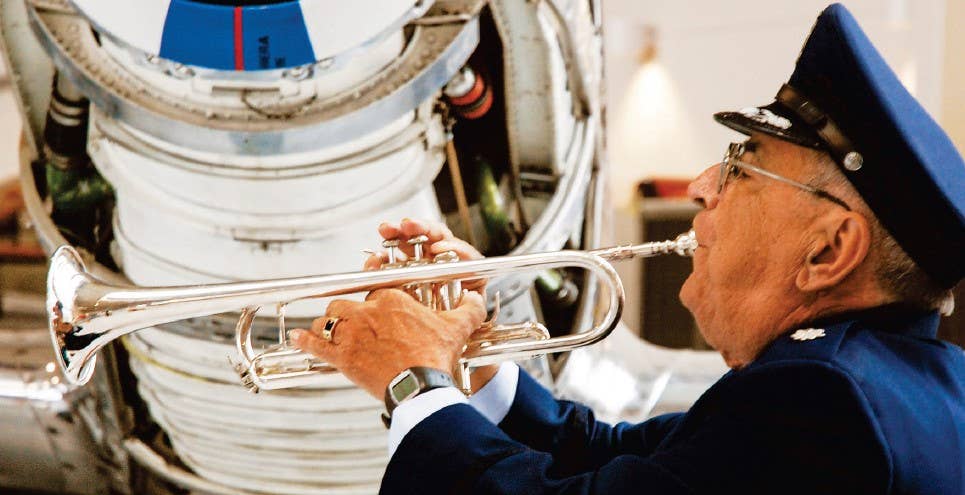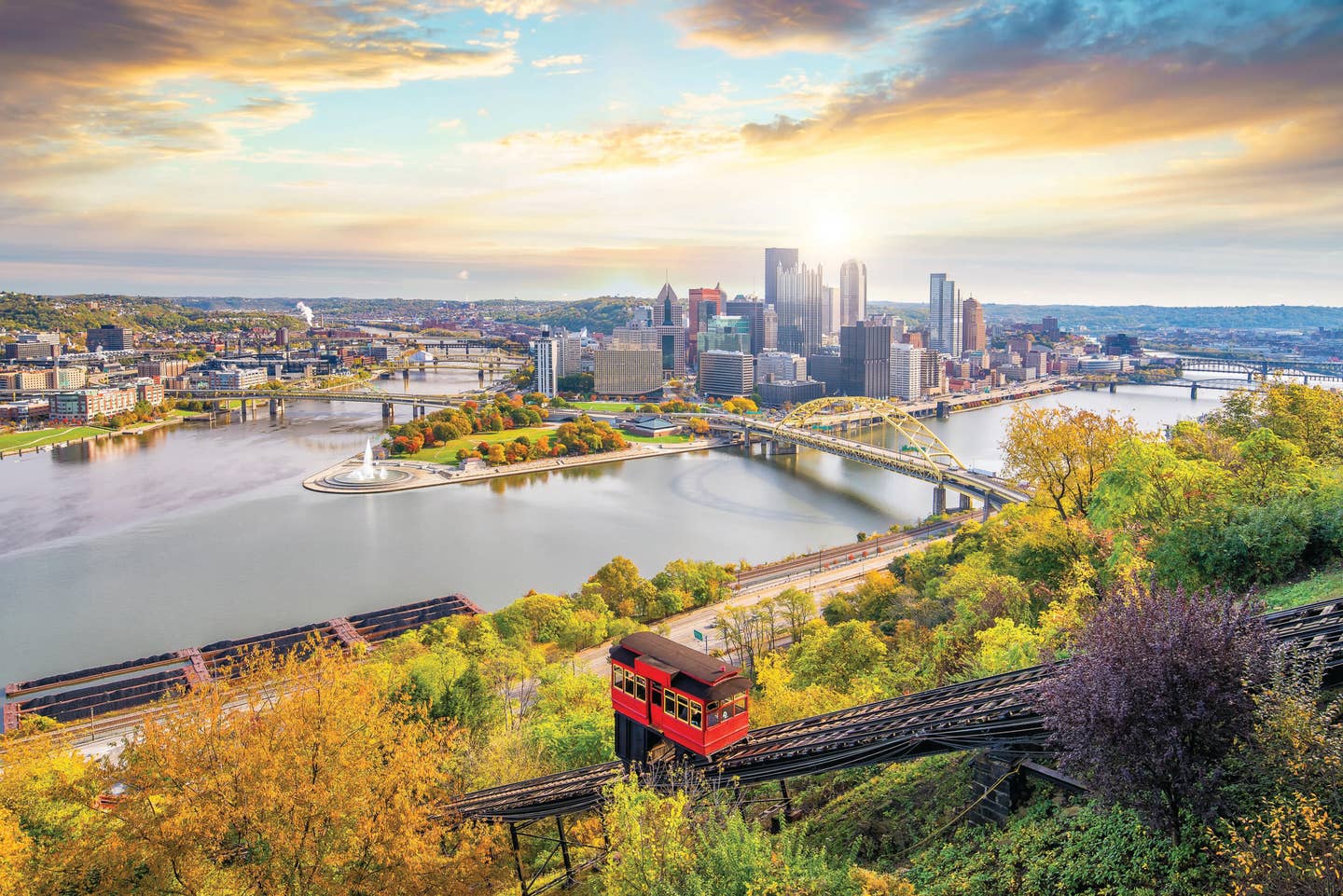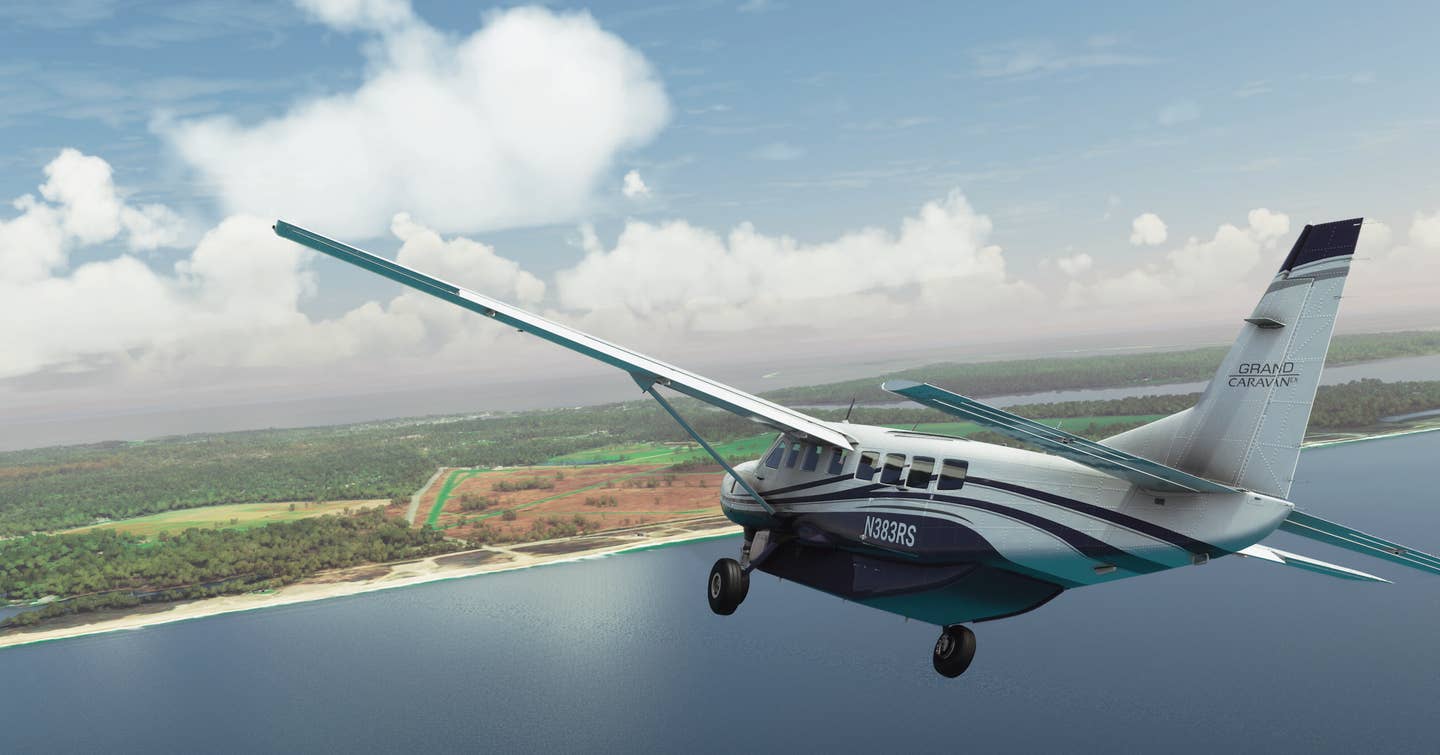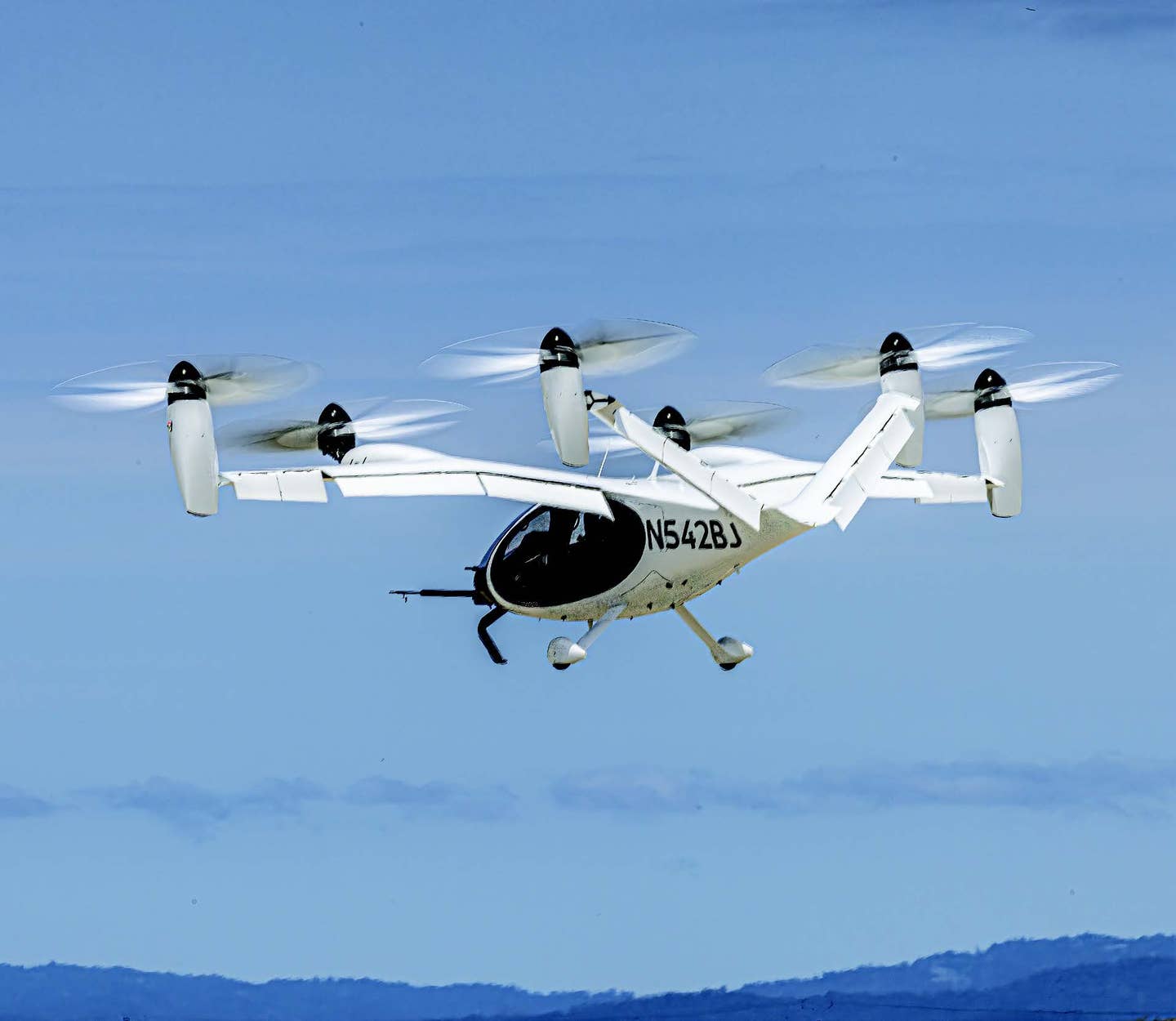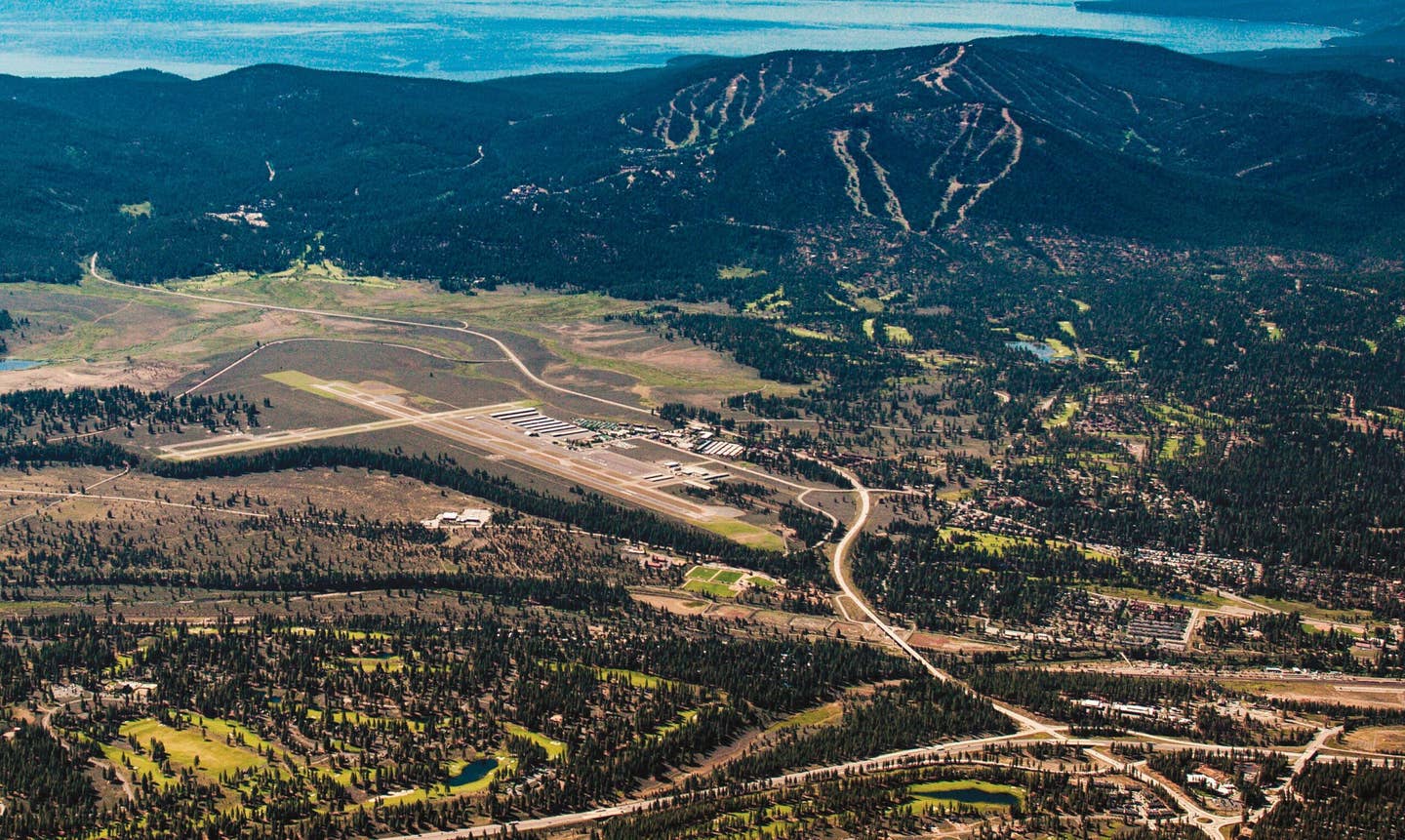Recreational Aviation Foundation Remains the Sum of Its Hearts
Twenty years of the Recreational Aviation Foundation took the vision of six pilots and turned it into a multitude.
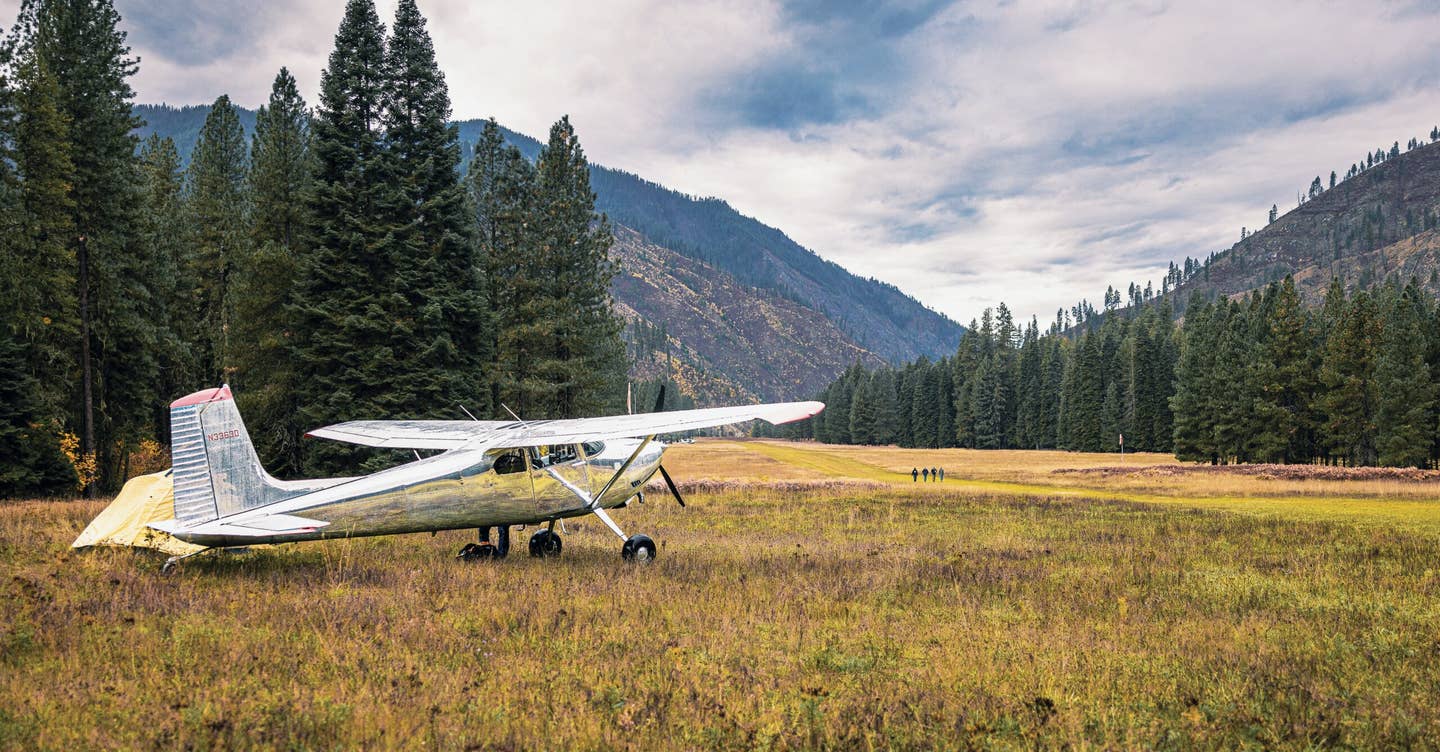
The original 2,300-foot grass strip at Moose Creek was cleared in 1931, and it has held up better than many in the circuit. [Stephen Yeates]
You’ll find a little piece of your soul in one of these places, I bet you.
The airstrips defended and nurtured by the Recreational Aviation Foundation have triggered an urgent message to keep them safe. They represent some of our most precious resources—places for pilots to touch down and gather—beyond the physical runways they contain.
Whether a manicured landing lawn in Maryland, or a sandy strip hideaway in Florida, or a desert oasis in New Mexico, or a gravel bar by a lake in Oregon, these points on the map string together the lives and hearts of the RAF volunteers who have kept them up over the past 20 years—building friendships along with the fences and branded fire rings they leave behind.
If you're not already a subscriber, what are you waiting for? Subscribe today to get the issue as soon as it is released in either Print or Digital formats.
Subscribe NowFounded in 2003, when a handful of aviation friends came together with a shared mission around a campfire at Schafer Meadows airstrip (8U2) in Montana, RAF now stands third-largest among nonprofit aviation associations. And its reach embraces all pilots, as it keeps vital airports and backcountry strips in play—assessed, upgraded, and safe to use. RAF chairman
John McKenna was one of those initial pilots around the campfire, and he recalls their consensus: “This really needs doing, we agreed. We didn’t know what ‘this’ was,” he admits, but they soon discovered the “human capital” raised by the group, though hard to measure adequately, was exactly what was needed to save airstrips.
While not a membership organization per se—there are no annual dues, no codified list of benefits, and no chapters—RAF remains without question driven by the collective efforts of a committed group of folks. More so than a lot of membership associations I’ve given time and money to over the years, in fact. You can donate—in cash or through buying its cool clothing, tools, and other gifts via the website—and/or you can volunteer. That’s it. It’s a simple equation that has added up to a large sum of investment and effort over the past two decades. To date, more than 11,000 pilots and aviation enthusiasts have “joined” the RAF in these ways.
The Last Best Places
Most pilots become involved in the RAF because of other pilots—they hear of friends in the aviation family talking about all the fun they had putting up cabins and transporting goods. For me, my connection happened just like this—resonating especially since I spent a lot of my early flying time in Colorado and have been hiking in the Idaho and Montana mountains since I was a kid, barely able to shoulder a pack. To this day, I’m way more comfortable in hiking boots than high heels—as anyone who has seen me try to walk in the latter will attest.
My first flyout with RAF folks came in the height of the pandemic summer of 2020, when I found myself in Wisconsin in July without an “Oshkosh” at which to spend time with my aviation family.
I called up Wisconsin-based FLYING contributor Jason McDowell, and he put me in touch with Cessna 170 guy and photographer Jim Stevenson and Husky owner and RAF social media ambassador Ross Wilke to flit around a few strips they called home in their backyard northwest of Madison. RAF director Jeff Russell wasn’t around in his hangar at Morey Field (C29) to join us, but our paths would cross in July 2023 when I sat in on his presentation at EAA AirVenture on what it takes to join an RAF work party—or launch one at a worthy field.
My next intersection came in October 2020 with RAF director Steve Taylor, recently retired from Boeing Flight Services and a former colleague of mine. Taylor and his son Finley have made a point of participating in a wide range of RAF service projects together, strengthening their already close bond as Fin has earned his pilot certificate. Taylor and I flew around the San Juan Islands in his Cessna “184-and-a-half”—there are few projects in Washington right now, though the folks there stand ready to assist and do so quite a bit in neighboring states, like Idaho and Montana.
Moose Creek
At the heart of RAF lies the work party, and I really needed to get some mud under the tires in order to understand what this was all about. After amassing a number of texts, schedule changes, and other machinations, FLYING photographer Stephen Yeates and I finally made it to Moose Creek U.S. Forest Service airstrip (1U1) in Idaho for an end-of-season, get-it-in-before-the-snow-flies work project led by Bill McGlynn, current RAF president. Because Moose Creek sits at a relatively low elevation of 2,454 feet msl, it stays open later in the fall than other strips in this part of the Rocky Mountains.
The goal of the party was to begin replacing the couple thousand feet of fence surrounding the corrals and cabins of the oldest USFS ranger station still in operation. Because of its location in the heart of the wilderness, the use of motorized vehicles and other equipment is strictly limited or prohibited, therefore all of the materials for construction and operation of the station must be brought in by pack mule or aircraft.
The USFS has used a Short Sherpa to deliver bulky goods and materials, such as the 10-foot-long rails that make up much of the fencing. But with additional airlift a clear need, Daher stepped up this past summer to support the operations within Idaho—the location of its Kodiak manufacturing facility—and its environs with the use of Kodiak 100s and 900s by RAF pilots.
Nicolas Chabbert, CEO of Daher Kodiak in the U.S. and senior vice president of Daher’s aircraft division, said that the donated aircraft time fit perfectly into both the company’s responsibility to the community, as well as leveraging the single-engine turboprop’s capabilities.
“Our contribution to the Recreational Aviation Foundation is supported by the fact we are in Idaho,” said Chabbert when we caught up at NBAA-BACE in Las Vegas after the mission. “And we are very interested in preserving and conserving these strips—in Idaho, Wyoming, and Montana. We believe that the best way to help is not to just come with a cash contribution, but [with] the use of a Kodiak 100 or Kodiak 900. [The RAF] needs to load and fly in some very basic stuff. It could be a bear box, so that you won’t have any problem at night if you go and camp under the wing of your airplane.”
He also added the Kodiaks could fly in loads of materials to fence the airports—and the people to make that happen.
Hauling It In
For our flight into Moose Creek, we met up with RAF volunteer pilot J.C. Carroll and one of the Kodiak 100s at Daher’s R&D hangar in Sandpoint (KSZT) on a Friday afternoon in mid-October. We had all of our camping and photography gear—plus suits and other finery for the NBAA-BACE show in Vegas we would fly to the following week. Carroll trusted me with the controls for part of our flight over Lake Pend Oreille and the 143 nm south to Idaho County Airport (KGIC). That’s where we picked up our camp cooks, Fred Hebert and Alex Cravener, and much of the food for the next few days, packed in Styrofoam coolers. It made for quite a load, but we were still off the pavement in about one-third of the 5,000-foot runway at Grangeville.
We tracked the drainage of the Selway River up to its confluence with Moose Creek, where the crossing grass runways of the ranger station perch on a shelf over the tumbling waters on either side. Carroll took us overhead for a survey of the site, then lined up for the “new, long” Runway 19 (4,100 feet). Unloading at the apex of the shorter, original 2,300-foot-long runway—first cleared by the Forest Service starting in 1931—we were soon pitching a blaze-orange, six-person Marmot special and blowing up the air mattress that would guarantee a cozy night. After a campfire around a reburning and efficient Solo Stove and a review of the next day’s plan of attack, McGlynn sent us off to get a solid night of sleep in the quietest spot I have bunked down in many moons. Only the predawn calls of a local owl broke the intense silence.
Coffee went on the wood stove early Saturday morning in the cookhouse, and soon after we sorted into ad hoc groups to tackle the work ahead. First came the demolition, with sledges flying, and then we stacked the rotted beams in a bonfire heap to burn later once enough snow lay on the ground to dampen the very real fire danger. Then came the construction, which we soon put into a rhythm, with many hands making quick work of the setting and hammering of nails. In a day, we put up about 600 feet of new fence—and by the close of the project, the group of about 25 volunteers finished 1,300 feet plus odds and ends. They only stopped work because they ran out of materials.
According to McKenna, the USFS folks were surprised that so much had been accomplished. “They can’t believe all this happened,” he told me in early November. But that’s the beauty of the RAF’s collaborative programs with entities such as the Forest Service, Nature Conservancy, and Bureau of Land Management—a committed team of passionate pilots and enthusiasts can get the job done. In a recent note, McGlynn was already “firing everyone up for next year.” The USFS will coordinate next summer’s loads of fence rail to fly in by Sherpa—and the Moose Creek RAF work parties plan to convene in September to complete the roughly 1,450 feet of fencing remaining for that project.
Truly the Sum of Its Hearts
In a recent online newsletter from the RAF, McKenna encapsulated the past 20 years: “Like a long cross-country flight, the RAF has always had a destination in mind. En route, we have had to adjust. Without taking into account the deviation and changes that take place in our magnetic world—just like in the RAF world—we might lose our way. Like magnetic north, the world continues to move, and so has the RAF.”
In every state of the union, there are opportunities for local RAF volunteers to identify airstrips that need attention and the appropriate state, local, and private agencies to engage and partner with to ensure these efforts continue.
Carroll sums up the experience—and why he continues to volunteer with the organization.
“I’ve been a part of the RAF for about six years. In that time I’ve been as far west as the San Juans and as far east as northeastern Maine, as far north as [Upper Peninsula] Michigan and south to Florida. I live in Indiana. I’ve visited many areas in between. The common thread in all of those travels is not the airstrips or the scenery, it’s the people. These are people I want to spend my time with when I can. Everyone I run into at the RAF are bonded by the selfless culture of the organization. We (the RAF) profess this when we go to the backcountry and ask folks to ‘leave it better than you found it.’
“Well, I have to admit I feel that I’m better off after spending time volunteering with RAF than before the event because of the people. Sweat equity amongst my friends that leaves a lasting impact on the backcountry—how does it get much better than that?”
Truly, it doesn’t. Because the one airstrip that happens to touch your soul can connect all of us to aviation— and around that RAF fire ring with each other.
Moose Creek USFS Airstrip (1U1)
From the RAF Airfield Guide, subject to change
Elevation: 2,412 feet msl
Region: North Pacific
State: Idaho
Near: Kooskia, Idaho
Comm: 122.900
Fuel: None
Lat/Long: 46.12453 / -114.92335 46° 7' 28.32" / -114° 55' 24.06"
Variation: 13E (05-14-2018)
Time Zone: UTC-7 (UTC-8 during standard time)
Contact: Nez Perce Forest Air Officer
Address: 104 Airport Road, Grangeville, Idaho, 83530
Phone: 208-983-9571
The Airfield Guide
Like the pocket tool you reach for when you plan to fly, the RAF’s airfield guide comes in handy every time you turn around, it seems.
Once you acknowledge the necessary disclaimers, reminding of the risks and responsibilities inherent whenever we fly, you can access airstrip information through a U.S. map. Chip Gibbons created the guide, and RAF liaisons compiled data for the airfields listed, according to Kodi Myhre, RAF’s director of marketing.
“They find the strips, evaluate the recreational value, and talk with the owner/manager of the strip,” Myhre said. “Arkansas liaison Dave Powell enters the data into the guide.”
Amanda Levin, RAF liaison to the state of Wisconsin, has pitched in her programming skills to expand the guide’s reach as well. It’s another example in the RAF of how many hands help create a great product.
How to Help the RAF
Even if you don’t consider yourself a carpenter or a camp cook, you can find a way to help the RAF with its mission.
• Fly supplies into a strip for a work project.
• Provide camping gear to a team on a project.
• Make baked goods to help feed the workers.
• Donate your time and skill with back office tasks—just ask what the need is.
• Suggest to friends and family that you’d accept a donation to the RAF in lieu of a present for a birthday or other special occasion.
After all, the work serves all of us who fly, whether we make it into the true backcountry or not.
This column first appeared in the December 2023/Issue 944 of FLYING’s print edition.

Subscribe to Our Newsletter
Get the latest FLYING stories delivered directly to your inbox


